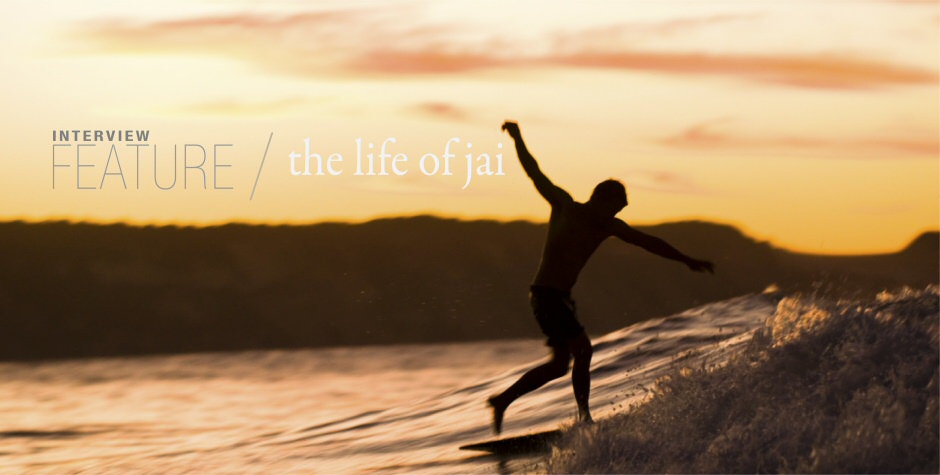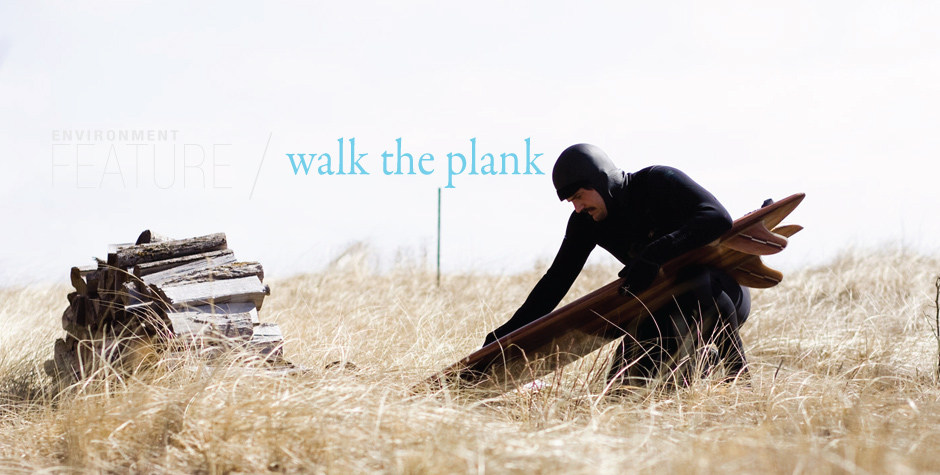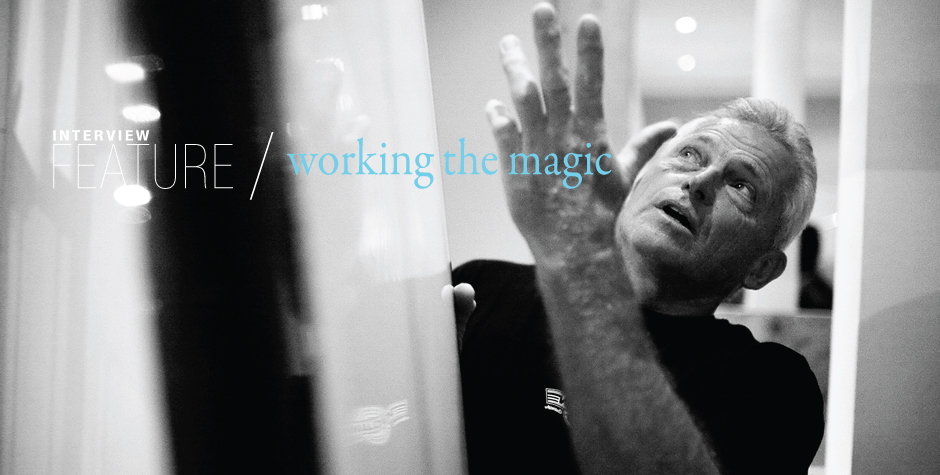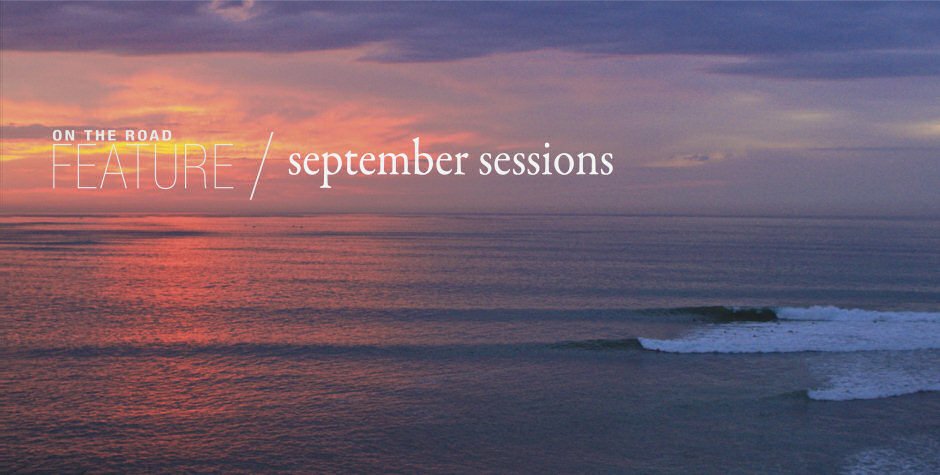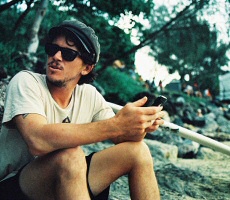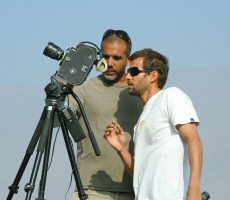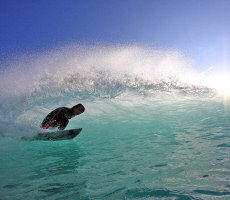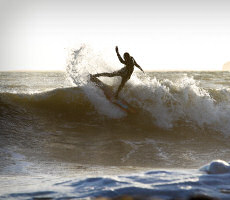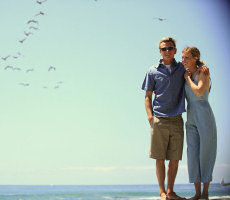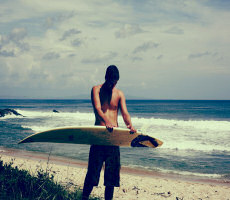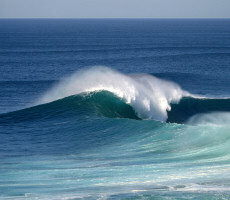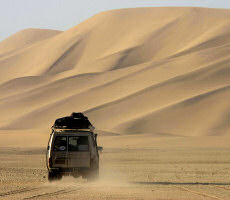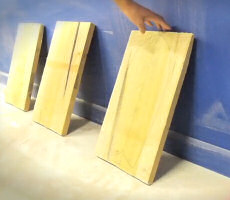Lift safely and stay sliding
 Ryan Huxley outlines five easy to apply tips to lift and move safely at work and day to day life so you can stay healthy and injury free.
Ryan Huxley outlines five easy to apply tips to lift and move safely at work and day to day life so you can stay healthy and injury free.
I love east coast road trips. My family resides in a sleepy seaside village, about 6 hours south of my adopted home in Byron Bay. Now of course I may be biased, but in my opinion this 6 hours is interspersed with some of the most pleasurable marine skate parks on the planet. All the boxes are ticked for me: uncrowded - minimal signs of development - breathtaking natural land & sea features - diverse wave types that pump - 4WD only access guaranteeing remote camping & wave potential - and the list could carry on. On a recent trip I was contemplating how injuries accrue or develop over weeks, months and even years before they become symptomatic and create pain. At Surfbodysoul I commonly see this with my builders and manual workers. One Yoga or Pilates session will not necessarily make up for a day of lifting with poor technique, and not render an injury inescapable. So here are 5 simple tips to lift safely, prevent injury and stay sliding:
1. Maintain the S-Curve in your spine when lifting: By maintaining the natural arch in the lower back (lumbar spine), rounding in the middle back (thoracic spine), and arch in the neck (cervical spine) we ensure an even amount of load or force moves through the pain provoking structures of our spine. These structures include the muscles, tendons, ligaments, cartilage and discs. Even load means that no one structure is overloaded during a single maximal lift, or during repeated lifting. For example lifting repeatedly with an excessively rounded lower back is a major cause of lower back disc injuries.
2. Bend at the knees: An oldie but a goodie. Aside from our buttock (gluteal) muscles, the thigh’s (quadriceps) are the biggest contractile muscles in the body. By bending the knees when lifting you recruit the thigh’s to assist the spinal muscles, effectively taking pressure off the lower back and reducing risk of injury.
3. Stick your bum out. Now this goes against the traditional grain of the ‘keep your back straight back when lifting fraternity’. However we now know that sticking your bum out when lifting allows you to recruit your buttock muscles to assist with lifting. This takes pressure off your spinal muscles and reduces your risk of injury. Just remember to maintain the S-curve in your spine when doing this.
4. When lifting, ideally have your nose over your toes. This assists with lowering your centre of gravity and recruiting the correct lifting muscles.
5. Tuck your belly in. Once again simple yet effective. By gently tucking your belly button in towards your spine for light loads, and strongly tucking it in for heavy loads you recruit a very important muscle known as the ‘Transverse Abdominus’ or TA. The TA is similar to wearing a weight belt in the gym to support your lower back, or a lower back brace. This muscle provides squeeze and support to the pelvis and lower back, stabilizing your spine and reducing your risk of injury.
Apply these simple principles mindfully day by day to keep that salty fluid running over your skin, and off your fins. I look forward to seeing you on the mat, or in the water!
